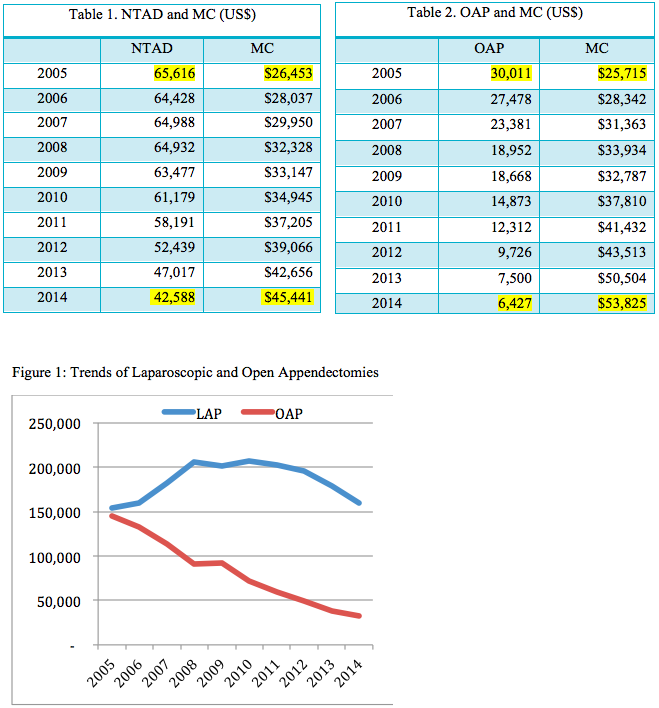M. F. Nunez1, G. Ortega1, A. Zeineddin3, A. R. Metwalli2 1Howard University College Of Medicine,Research Center In Minority Institutions Program,Washington, DC, USA 2Howard University College Of Medicine,Division Of Urology/Robotic Surgery Department Of Surgery,Washington, DC, USA 3Howard University College Of Medicine,Department Of Surgery,Washington, DC, USA
Introduction: The standard of care treatment for renal cell carcinoma in the solitary kidney is partial nephrectomy. Our objective was to determine if the selection of this procedure differs by demographics, socioeconomic-status, insurance-status, and hospital characteristics among a national sample.
Methods: A retrospective analysis of 2005–2014 data from the Nationwide Inpatient Sample (NIS) database was conducted. We sought to identified adult patients with a diagnosis of acquired absence of a kidney (V45.73) according to the International Classification of Disease, 9th Revision, Clinical Manifestation (ICD-9-CM). Cases were dichotomized according to the type of surgery in partial nephrectomy (PNx) (55.4) and total nephrectomy (TNx) (55.5, 55.51, 55.52, and 55.53) for Malignant neoplasm of the kidney (189.0). Groups were compared with unadjusted and adjusted analyses to determine factors that influence the use of the procedures.
Results: Among 175,895 patients identified with an acquired absence of kidney, 513 underwent surgery with a primary diagnosis of kidney cancer. Of these, 79% underwent PNx, with a mean age of 60.6 years (SD13), and a male-female ratio 2:1. Length of stay for PNx was 4.7 days (SD 3) compare with 6.1 days (SD 8) for TNx (p=0.001). Patients with private insurance and those who underwent the procedure at a metropolitan teaching hospital were more likely to have PNx (OR 1.84 95%CI 1.02 – 3.30) and (OR 4.82 95% CI 1.44 – 16.11), respectively. There were no statistical differences among other factors including age, gender, race and, median household income.
Conclusion: Disparities exist regarding the type of health insurance in patients with solitary kidney undergoing to partial nephrectomy as a treatment for renal cancer. The need for postoperative dialysis in patients who underwent TNx might incur in higher charges and reflect the longer hospital stay in this group.







